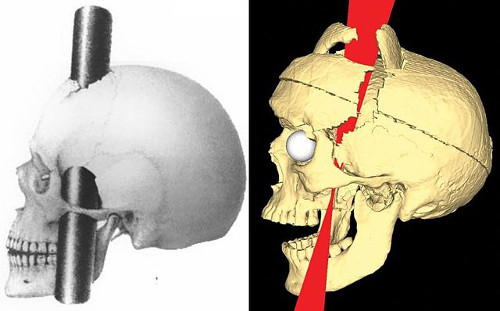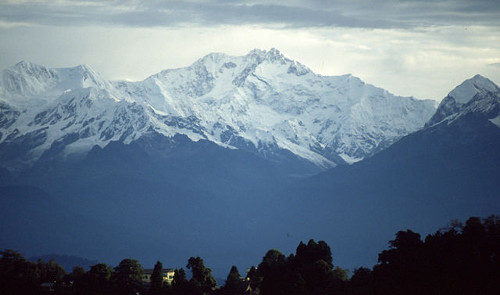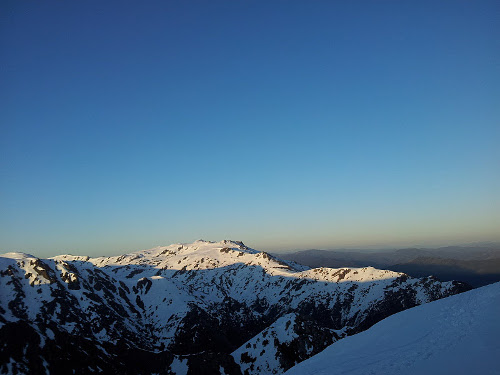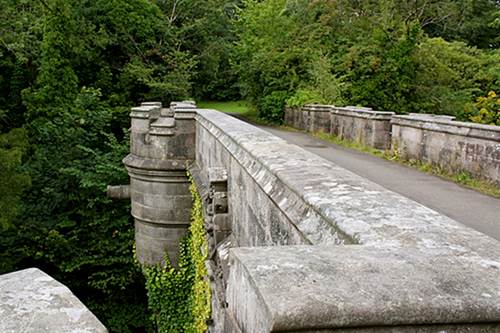
This Katzensymphonie, by Moritz von Schwind (1804-71), resides in the Staatliche Kunsthalle Karlsruhe in Germany. Dick Higgins, in Pattern Poetry, writes, “This piece, drawn in pencil and ink on music paper (but not orchestrated) has charm but does not appear to have been intended for performance at all. It may be a satire or lampoon on the famous violinist Joseph Joachim (1831-1904), to whom it is dedicated.”

Perhaps it might be played on the Katzenklavier, a (thankfully) imaginary instrument described by Jean-Baptiste Weckerlin in his Musiciana, extraits d’ouvrages rare ou bizarre of 1877:
[A] chariot … carried the most singular music that can be imagined. It held a bear that played the organ; instead of pipes, there were sixteen cat heads each with its body confined; the tails were sticking out and were held to be played as the strings on a piano, if a key was pressed on the keyboard, the corresponding tail would be pulled hard, and it would produce each time a lamentable meow. The historian Juan Christoval Calvete, noted the cats were arranged properly to produce a succession of notes from the octave … (chromatically, I think).
In 1890 the Glasgow University magazine published this anonymous assessment of the musicianship of botanist and amateur violoncellist Frederick Orpen Bower:
There was a professor of flowers
The ‘cello he’d torture for hours
When the strings gave a growl
The cats gave a howl
And eclipsed all his musical powers.









